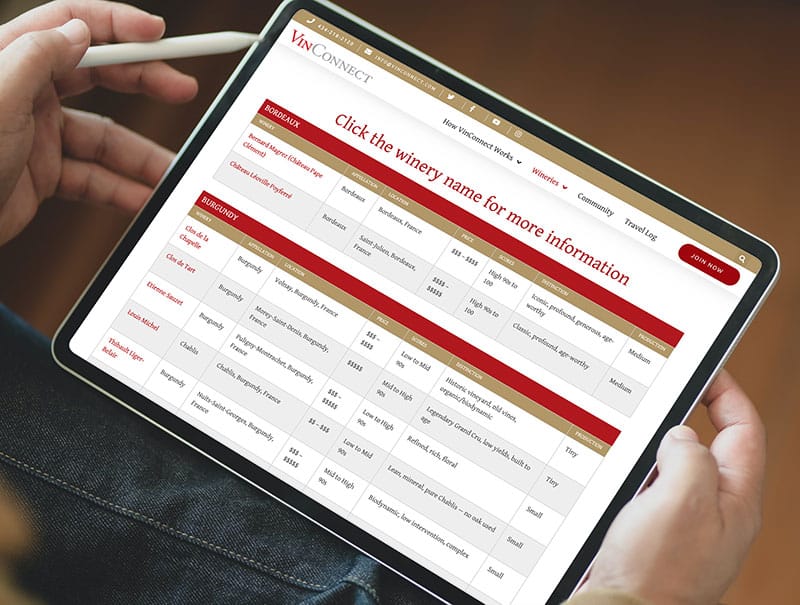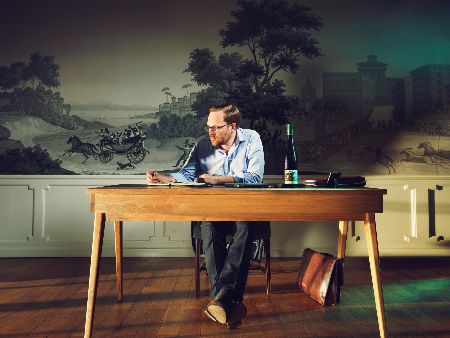About Maximin Grünhaus
This legendary estate, whose existence can be traced back to the late 10th century (966 to be exact) is located in the heart of the Ruwer valley just upstream from where the Ruwer merges with the famous Mosel river. For over eight centuries the winery was owned and operated by the Benedictine monks of the Saint Maximin monastery in Trier, to which the estate now owes its name. Towards the end of the 18th century Napoleon secularized all church property, officially making the Grünhaus estate state-owned until 1810. The 19th century saw the estate sold to private investors only once before being acquired by the von Schubert family in 1882. The von Schuberts invested heavily in modernizing the aging winery, making it one of the most modern of its time (evidence of the power-generating turbine in the Ruwer, the cable cars that ran thru the vineyards and locomotive tracks that wind thru the vineyard roads are still visible throughout the estate). Dr. Carl von Schubert, fifth generation of the von Schubert family, took the reins at the winery in 1981.
The estate farms approximately 30 hectares on a steep south-facing slope on the left bank of the Ruwer and is composed of three monopole vineyards – the Abtsberg, the Herrenberg and the Bruderberg. With differing terroirs, each of these vineyards imparts a unique character to the wines produced by the estate:
- The Abtsberg vineyard produces wines of such quality that they were destined to be drunk solely by the Abbot (“Abt” in German) of the St. Maximin monastery. The wines produced from this vineyard are beautifully structured and nicely balanced with subtle minerality, racy acidity and generous fruit. They are some of the longest-lived Rieslings of the region.
- The wines produced from the Herrenberg vineyard were destined for the Abbey’s choirmasters. These wines tend to show lots of fruit and body when young and retain an extraordinary potential for aging.
- The Bruderberg vineyard is the smallest of the three sites. Wines from this vineyard were meant for the monks themselves. Perhaps slightly more ordinary, these wines have a rustic slate and mineral quality that pleases.
Since 2004 winemaker Stefan Kraml has overseen the vineyard and cellar work at the estate. He ensures that the vineyards are treated as respectfully as possible, with organic fertilization, no use of pesticides, careful yield management and hand harvesting. Depending on the harvest, the grapes are either macerated or pressed. The musts are fermented with their natural yeasts in large oak casks called “fuder” made of estate-grown oak or stainless steel tanks.
Without a doubt one of the greatest estates in Germany, the wines produced at Maximin Grünhaus are the standard-bearers for mouthwatering old-world Rieslings.



This superb estate can always be counted on to make potentially long-lived, complex wines that are usually among the most classic expressions of German Riesling.